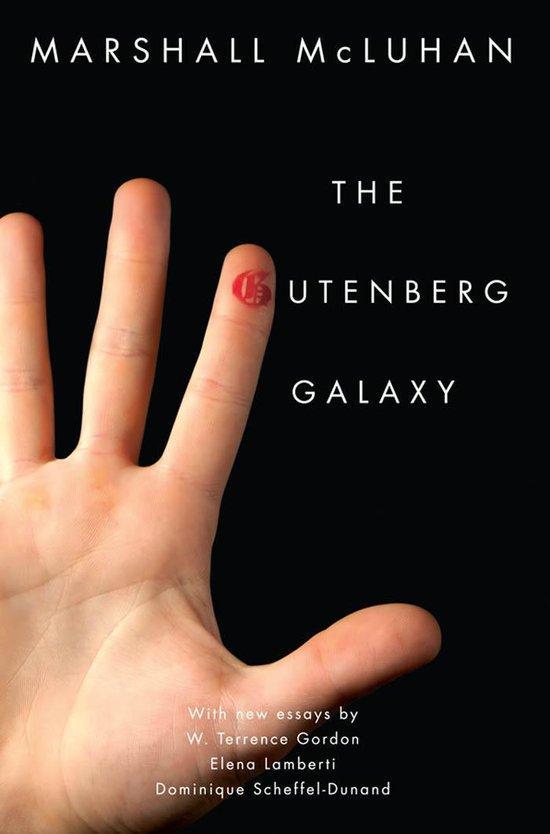UdeRecife reviewed The Gutenberg Galaxy by Marshall McLuhan
Review of 'The Gutenberg Galaxy' on 'Goodreads'
3 stars
In some sense, this is a difficult book. Its main theme is interesting in itself, but as the title points out, it’s a Galaxy, or a myriad of connections that are simply to great to properly grasp it fully. If we take the analogy of the galaxy even further, it becomes obvious that even McLuhan’s analysis of the Gutenberg influence in Western culture is somewhat doomed to failure: we are simply too close to its effects, too deep inside it, to understand it clearly — just like trying to understand the Milky Way from inside is also a baffling task.
Being a difficult subject is a kind of excuse for the somewhat opaqueness of this work. McLuhan, in the essay that ends the book, states that “[t]he present volume has employed a mosaic pattern of perception and observation up till now” (MCLUHAN, 1962). This mosaic pattern is an attempt to …
In some sense, this is a difficult book. Its main theme is interesting in itself, but as the title points out, it’s a Galaxy, or a myriad of connections that are simply to great to properly grasp it fully. If we take the analogy of the galaxy even further, it becomes obvious that even McLuhan’s analysis of the Gutenberg influence in Western culture is somewhat doomed to failure: we are simply too close to its effects, too deep inside it, to understand it clearly — just like trying to understand the Milky Way from inside is also a baffling task.
Being a difficult subject is a kind of excuse for the somewhat opaqueness of this work. McLuhan, in the essay that ends the book, states that “[t]he present volume has employed a mosaic pattern of perception and observation up till now” (MCLUHAN, 1962). This mosaic pattern is an attempt to cover the vast subject with meaningful quotes from different areas of study, using the quotes to provide examples of how typography changed humankind’s perception of things, altering the relation with understanding and the world at large — making of the whole of humanity a uniform entity. However, even though we can understand the approach McLuhan chose to cover this subject, this mosaic technique is also very confusing at times and can often mislead from the author’s original intention.
My feeling is that at some point even McLuhan himself was confused as to where he was trying to go with the text he had produced thus far. However, I’m not trying to diminish his work or to state that it could be done in some other, more competent way. As stated before, the subject matter, being a galaxy of consequences, it’s simply too overwhelming to be completely grasped.
But, in the end, this book can provide some light to those who want to understand history’s movements and changes in a different light, one that focus on the technological changes of information sharing, thus showing a different perspective that takes away history from the hands of some enlightened individuals and places it in the domain of the accidents that simple inventions with huge penetration have had in society at large. This book is also good to direct your attention the work of Harold Innis that provides much more insight into this theme of information technology, media shaping and history making. As McLuhan himself states, “Harold Innis was the first person to hit upon the process of change as implicit in the forms of media technology. The present book is a footnote of explanation to his work.” (MCLUHAN, 1962).
So is it worth reading? As always, it depends. If you’re studying media, media development, media implications, and so on, probably yes; if you’re just want to gloss over some of the ideas herein contained, probably not — you’ll be better served if you read a summary or a thorough review of this work.

